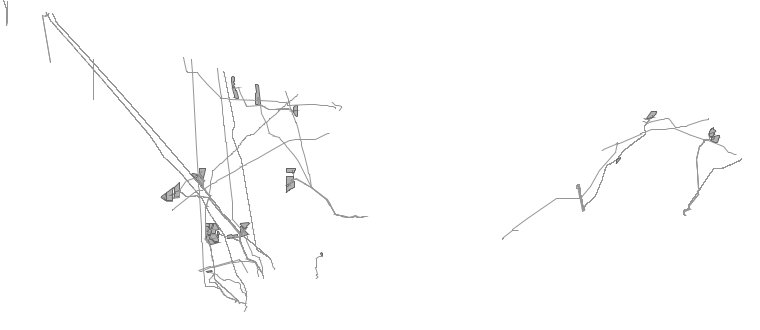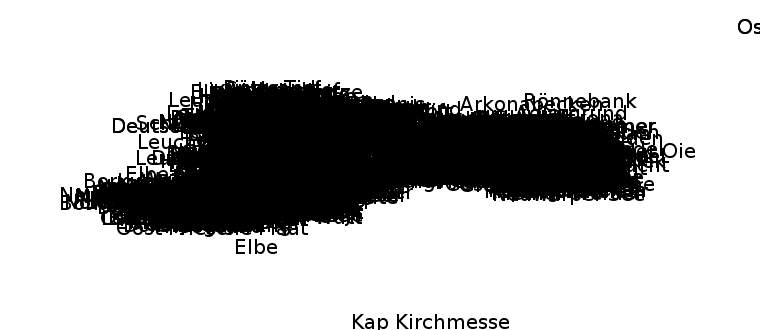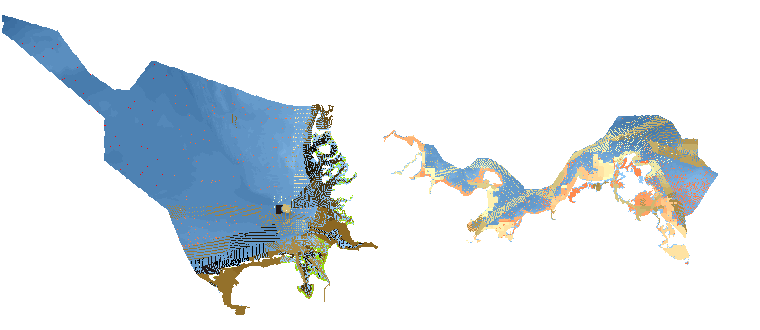Keyword
mcloud_category_waters
40 record(s)
Provided by
Type of resources
Available actions
Keywords
Contact for the resource
Update frequencies
Service types
-

INSPIRE theme Planned Land Use (Marine Spatial Planning). Provision of marine spatial planning exclusive economic zone of Germany.
-

INSPIRE theme Elevation (depth contours). It contains the depth contour of hydrographic surveying.
-

INSPIRE theme Sea Regions.
-

INSPIRE theme Existing Land Use
-

INSPIRE theme Maritime Units. These are condensed coordinates of the sea border maps 2920 (North Sea) and 2921 (Baltic Sea). They are (interpolated) coordinates compressed to geodetic lines. The distance between the nodes on the geodetic lines connecting the defined border points is less than or equal to 100 m. The sea borders of Germany were proclaimed in the coordinate system European Datum 1950 (ED50), which is no longer used today. The basis for this determination is in particular the promulgation of the proclamation of the Federal Government on the expansion of the German territorial sea of 19 October 1994 (Federal Law Gazette I p. 3428) and the proclamation of the Federal Republic of Germany on the establishment of an exclusive economic zone of 25 November 1994 (Federal Law Gazette II p. 3769), which are decisive with regard to the delimitation of the German territorial sea and the German exclusive economic zone. In order to make better use of these boundaries in today's geoinformation systems and to avoid conversion errors, the BSH has derived the present utility coordinates in WGS 84. In this respect they are not official maritime borders of Germany.
-

INSPIRE theme Geology. Provision of the sediment distribution of the seabed in the North and Baltic Sea.
-

Geographical names of regions and bottom structures in the German coastal waters of the North Sea and Baltic Sea based on nautical charts of the Federal Maritime and Hydrographic Agency and composition by the Permanent Committee on Geographical Names (StAGN)
-

INSPIRE theme Sea Regions.
-

INSPIRE theme Elevation (bathymetry). Provision of the topography of the seabed in the North and Baltic Sea.
-

INSPIRE theme Elevation (bathymetry). Provision of the topography of the seabed in the North and Baltic Sea.
 www.geodatenkatalog.de (S3L)
www.geodatenkatalog.de (S3L)